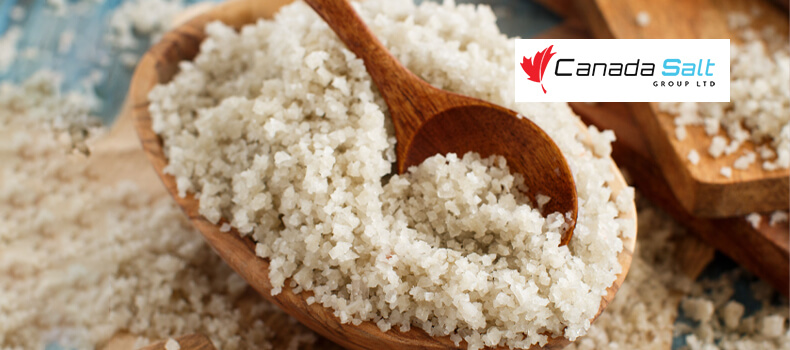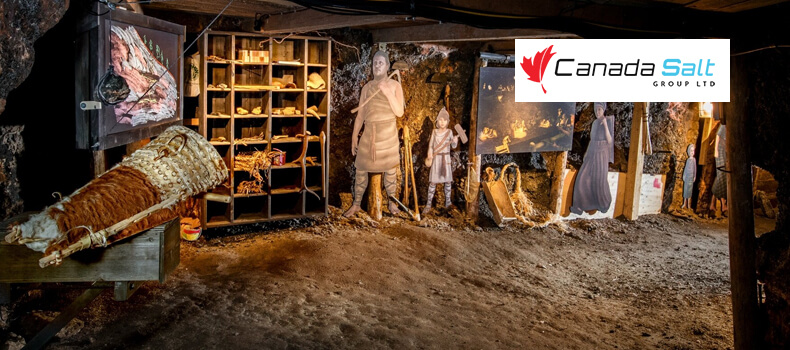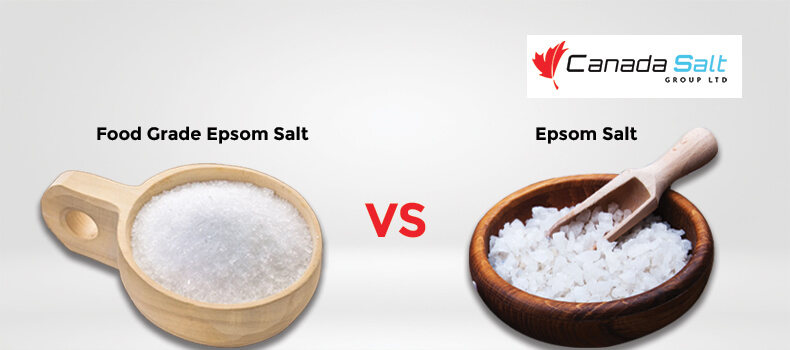Alkalinity vs. pH In Swimming Pool
Balancing the water of your swimming pool is one of the major maintenance tasks, and it means maintaining chlorine, pH, and alkalinity levels. Most pool owners often get confused between pH and alkalinity levels. The reason is that pH and alkalinity are closely related and often affect each other. Another point of confusion is the term alkalinity, and the term pH is often used to measure how acidic or alkaline is the water in your pool. Knowing the difference between alkalinity and pH is vital for your pool. Read the article to learn about alkalinity vs. pH in your swimming pool.
What Is pH?
The pH of any pool impacts the sanitizing ability of the chlorine available in the water. The pH scale measures the acidity or basicity of water and chemical substances. The pH range varies from 0 to 14, lower pH indicates acidity, high pH indicates alkalinity, and 7 is perfectly neutral.
What Is Total Alkalinity?
Alkalinity is the opposite of acidity, and alkaline chemicals can raise the pH levels of water. In general, total alkalinity is measured in parts per million(ppm), and there are numerous substances available to raise the alkalinity levels of pool water, and among them, the most common chemical used is cyanuric acid.
What Are The Ideal Levels Of pH And Alkalinity?
The ideal pH level for the pool is between 7.4 and 7.6. The water is non-corrosive and ideal for swimming at this pH range. Coming to alkalinity, the ideal level is 80 to 120 ppm. At this ideal level, the alkalinity buffers pool water to stabilize pH but allows free chlorine to sanitize contaminants effectively.
Difference Between Alkalinity vs. pH In Swimming Pool
1. For your swimming pool, pH is more important as the lower pH can irritate your eyes, and too high pH can cause calcium deposits on parts of pool equipment. At the same time, if alkalinity levels are off, it is hard to balance pH levels, so it is important to balance both pH and alkalinity simultaneously.
2. The high levels of pH will make the effect of chlorine in killing bacteria and viruses. At the same time, low alkalinity levels can affect the total performance of chlorine present in the water.
3. Low pH levels can make the pool water more corrosive and damage the equipment and pipes of the swimming pool. Low alkalinity levels can turn an abnormal shade of green and burn swimmers’ eyes.
Lowering Alkalinity Without Lowering pH
To lower alkalinity, you must add an acid, most commonly muriatic acid. The problem with adding acid is that it is almost impossible to lower alkalinity without lowering pH. If you add enough muriatic acid to lower total alkalinity to an acceptable level, you may lower your pH to an unsafe level.
Easily Managing Alkalinity And pH
The easy way to manage alkalinity and pH is to contact a professional. By hiring a professional, you can be confident that your pool is in safe hands. For your pool maintenance, it is important to use the right chemicals, and pool salt is one of them. Using pool salt for your pool can allow you to enjoy the full benefits of a swimming pool.
Conclusion
This article shows that alkalinity and pH are different for your swimming pool. Using the right chemicals like pool salt is important to maintain the perfect pH and alkalinity. Canada Salt Group Ltd is the supplier of pure pool salt all over North America. Contact us for more details.





